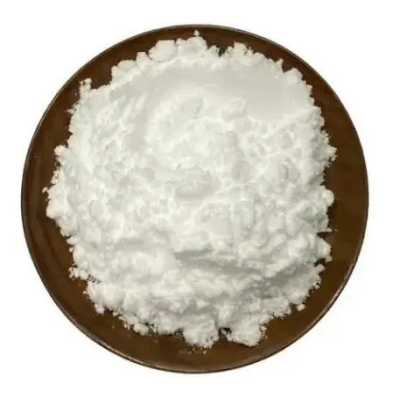tert-Butyl3-hydroxy-2-methylpiperidine-1-carboxylate CAS:741737-29-1
The synthesis of tert-butyl 3-hydroxy-2-methylpiperidine-1-carboxylate typically involves multi-step processes utilizing readily available starting materials. Common synthetic routes include the condensation of piperidine derivatives with tert-butylcarboxylic acids, followed by selective hydroxylation. Spectroscopic techniques such as NMR, IR, and mass spectrometry are employed to confirm the compound's structure and purity. The molecular structure of tert-butyl 3-hydroxy-2-methylpiperidine-1-carboxylate exhibits conformational flexibility due to the presence of the piperidine ring. The tert-butyl group contributes steric hindrance, potentially influencing the compound's reactivity and interactions with biological targets. The hydroxy-carboxylate moiety introduces polarity and the potential for hydrogen bonding interactions, which can affect the compound's solubility and binding affinity. Pharmacological Significance and Potential Applications The structural features of tert-butyl 3-hydroxy-2-methylpiperidine-1-carboxylate render it a promising candidate for pharmaceutical research. Piperidine-based compounds are prevalent in medicinal chemistry due to their diverse biological activities, including analgesic, antipsychotic, and antihistaminic properties. The tert-butyl group can enhance the compound's metabolic stability and bioavailability, potentially improving its pharmacokinetic profile. The hydroxy-carboxylate functionality may contribute to the compound's ability to interact with specific enzyme targets through hydrogen bonding or metal coordination. This could lead to the development of novel therapeutic agents targeting various diseases, including central nervous system disorders, pain management, and metabolic disorders. In conclusion, tert-butyl 3-hydroxy-2-methylpiperidine-1-carboxylate presents an intriguing molecular scaffold with potential pharmaceutical significance. Further research into its synthesis, structure-activity relationships, and pharmacological applications is essential to fully explore its therapeutic potential in various disease contexts.



| Composition | C11H21NO3 |
| Assay | 99% |
| Appearance | white powder |
| CAS No. | 741737-29-1 |
| Packing | Small and bulk |
| Shelf Life | 2 years |
| Storage | Store in cool and dry area |
| Certification | ISO. |


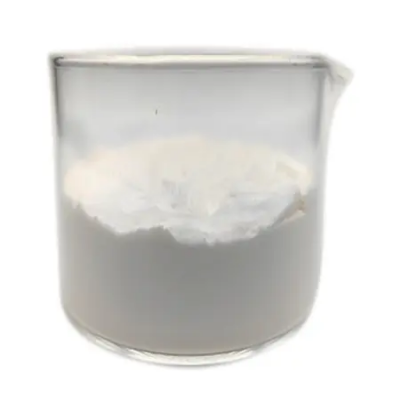
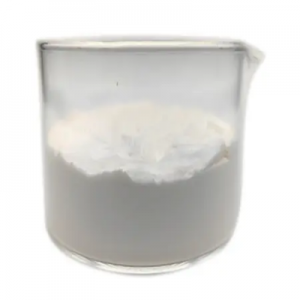

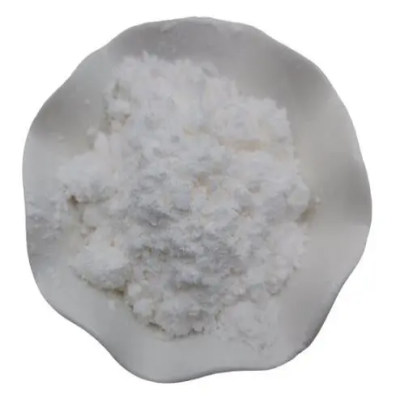
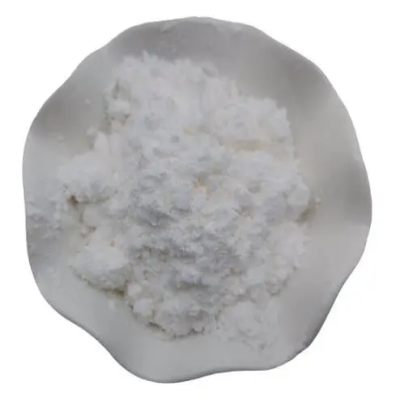
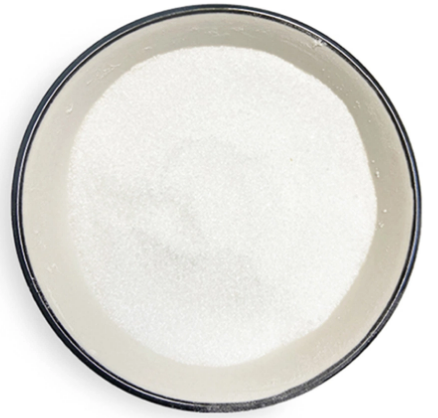
![N-[[2-[[[4-(Aminoiminomethyl)phenyl]amino]methyl]-1-methyl-1H-benzimidazol-5-yl]carbonyl]-N-(2-pyridinyl)-beta-alanine ethyl ester hydrochloride CAS:211915-84-3](https://cdn.globalso.com/xindaobiotech/3J2X34TVMPYG9BHK7IO6312.png)
